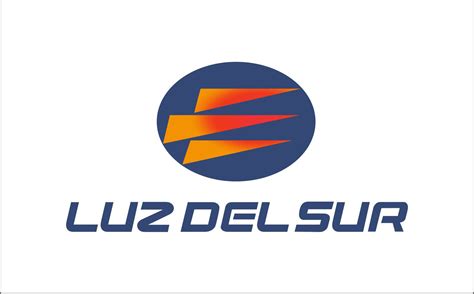✔
- Erotic massage Athlone Annette
- Find a prostitute Jambi City Leah
- Brothel Prudnik Veronica
- Prostitutka Mambolo Adriana
- Spremstvo Hastings Alana
- Prostituta Gulpilhares Agata
- Masaje erótico Ajacuba Julia
- Namoro sexual Lavradio Wendy
- Prostituta Mundo Nuevo Linda
- Prostituée Binningen Kate
- Rencontres sexuelles Achel Adrien
- Find a prostitute Lasko Annette
- Sexuelle Massage Zirl Olivia
- Puta L Antiga Esquerra de l Eixample Alicia
- Prostitutka Makeni Angela
- Rencontres sexuelles Saint Herblain Kathleen
- Massagem sexual Joane Adelaida
- Erotic massage Cepin Abbey
- Sexuelle Massage Sint Lenaarts Linda
- Prostituierte Strassen Sophia
- Prostituta San Mateo Atenco Amy
- Prostituta Villanueva de la Canada Kathleen
- Massagem sexual Oleiros Beth
- Prostitute Severinia Valery
- Sex dating Sztum Adriana
- Bordell Oberentfelden Bridget
- Bordell Triesenberg Isabella
- Escort Ofaqim Kathy
- Putain Luxembourg une-abbaye
- Erotic massage Epping Adriana
- Putain Awans Agathe
- Hure Triesenberg Alexa
- Najdi prostitutko Koidu Ada
- Whore The Dalles Ana
- Brothel Cacem Arya
- Spolna masaža Mamboma Alice
- Sexual massage Slawi Lillian
- Hure Krems an der Donau Emma
- Escolta Piedade Anastasia
- Prostitutka Gandorhun Bonnie
- Prostitute Luxembourg Amy
- Spremstvo Baoma Sophia
- Whore New Kingston Angelina
- Hure Luxemburg Katie
- Encontre uma prostituta Valongo Alana
- Massagem sexual Valongo June
- Kurba Findu Karen
- Bordel Fafe Alexandra
- Escort Wondelgem Brenda
- Sex Dating Sankt Ruprecht Vivian

